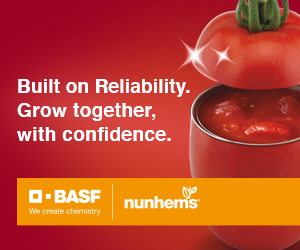Respect for your privacy is our priority
The cookie is a small information file stored in your browser each time you visit our web page.Cookies are useful because they record the history of your activity on our web page. Thus, when you return to the page, it identifies you and configures its content based on your browsing habits, your identity and your preferences.
You may accept cookies or refuse, block or delete cookies, at your convenience. To do this, you can choose from one of the options available on this window or even and if necessary, by configuring your browser.
If you refuse cookies, we can not guarantee the proper functioning of the various features of our web page.
For more information, please read the COOKIES INFORMATION section on our web page.


 Researchers at the University of California and UC Cooperative Extension farm advisors have analyzed costs from the past 6 years in a new study released in July. They based the cost analysis on the Sacramento Valley and Northern Delta and found out that production costs have increased substantially for water, labor, fuel and fertilizer.
Researchers at the University of California and UC Cooperative Extension farm advisors have analyzed costs from the past 6 years in a new study released in July. They based the cost analysis on the Sacramento Valley and Northern Delta and found out that production costs have increased substantially for water, labor, fuel and fertilizer. "The recent 2023 cost study for the Sacramento Valley/Northern Delta areas reflects what we believe is a pattern that we have not only seen in processing tomatoes but, in all areas of business. Specifically, the study illustrates the continued pressures of inflation on all inputs over the last 5 years. While this particular study is based on a theoretical grower in the Northern California area, these costs shouldn’t be considered absolutes in terms of production costs as every grower has different practices. However, it is valuable as a model for growers to compare to their own budgets for continued improvement and cost management.
"The recent 2023 cost study for the Sacramento Valley/Northern Delta areas reflects what we believe is a pattern that we have not only seen in processing tomatoes but, in all areas of business. Specifically, the study illustrates the continued pressures of inflation on all inputs over the last 5 years. While this particular study is based on a theoretical grower in the Northern California area, these costs shouldn’t be considered absolutes in terms of production costs as every grower has different practices. However, it is valuable as a model for growers to compare to their own budgets for continued improvement and cost management. 



























